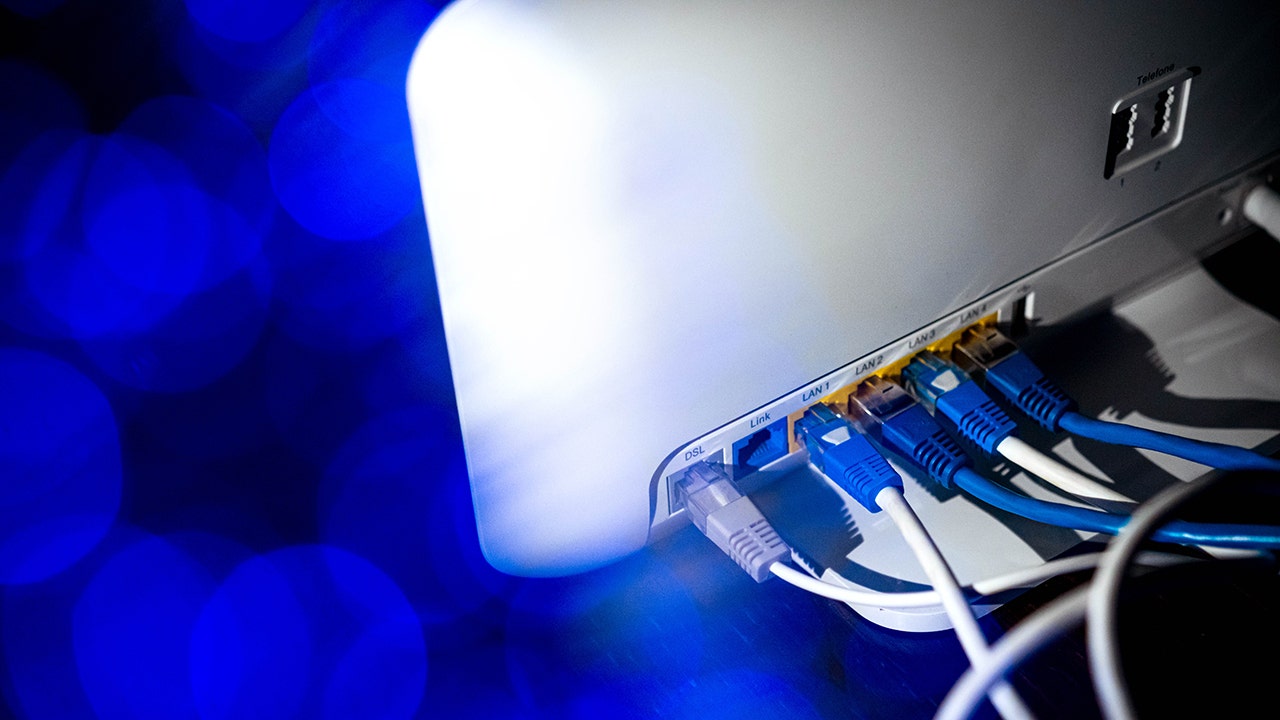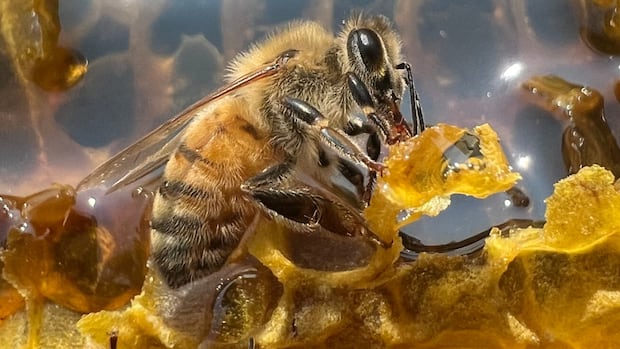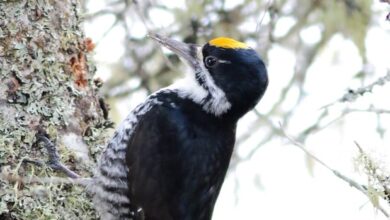Move aside, moose — a new study has found the most distinct animals in Canada

When we think of Canadian animals, cultural icons like the moose, beaver, or loon are probably first to come to mind — but according to a new study, the most distinct one from an evolutionary perspective is a small, strange-looking turtle.
If a species branched away from its family tree a long time ago and has no close relatives in Canada today, it’s considered to have more evolutionary distinctiveness, says Arne Mooers, a biological sciences professor at Simon Fraser University and one of the study’s authors.
“Which is another way of saying, ‘How lonely is it on the tree of life?” he said.
By this metric, our most distinct animal is the spiny softshell turtle, found in southern Ontario and Quebec.
Easily identified by its peculiarly pointed snout, the freshwater turtle embodies nearly 180 million years of independent evolutionary history, researchers wrote last week in Canadian Field-Naturalist.
‘Extremely cute’
Working from a list of nearly 1,000 species known to live in Canada, researchers listed the top 20 mammals, reptiles, birds and amphibians with the most isolated evolutionary histories.
The top mammal was the Virginia opossum — no surprise as it’s Canada’s only marsupial.
But the top amphibian wasn’t one researchers expected: the mudpuppy, a favourite of Mooer’s.
“A lot of people don’t know about it, but it’s almost the size of a small cat, it’s nocturnal. It lives its entire life underwater,” he said, describing it as “extremely cute.”
It’s found in eastern Canada, Manitoba and Ontario, and is at risk here.
“They’re from a very small family, so they’re also very distinctive globally,” he said.
The most distinct reptile was the northern alligator lizard, which is the only member of its family found in Canada, while the belted kingfisher came in first for birds.
Not all of Canada’s iconic animals were absent from the lists. The beaver came in at number three for mammals, right behind the porcupine.

Evolutionary distinctiveness doesn’t necessarily mean that evolution hit a home run with that species, just that nothing worked so poorly that the species died out.
For instance, the kidneys of the little-known mountain beaver, found in B.C., “don’t work really well, so it has to sort of sit in the water a lot to pee,” he said. The mountain beaver was the sixth most distinct mammal.
“It’s a very primitive rodent, so it’s another favourite of mine.”
Canada is also home to some pretty distinct frogs — two “tailed” frogs, the rocky mountain tailed frog and the coastal tailed frog, came in second and third respectively among amphibians. They are named for an “intermittent organ” that appears like a small tail, and are in the top ten worldwide for evolutionary distinctiveness.
Implications for conservation
Mooers, who is also a member of the Committee on the Status of Endangered Wildlife in Canada, says the data has big implications for conservation, as it helps to highlight species that might represent a bigger loss to Canada if threatened or lost.
“If you have two species and they’re both endangered … then we could use this metric to say, ‘well, this species really is very different from everything else in Canada,” Mooers said. “Maybe we should make sure that we can serve this species first.”
For instance, the spiny softshell turtle is endangered in Canada, but not at risk worldwide.
“They get run over, they’re slow, they take a long time to grow up and so they can’t replace themselves very fast. So they’re not very resilient when things go wrong,” Mooers said.




